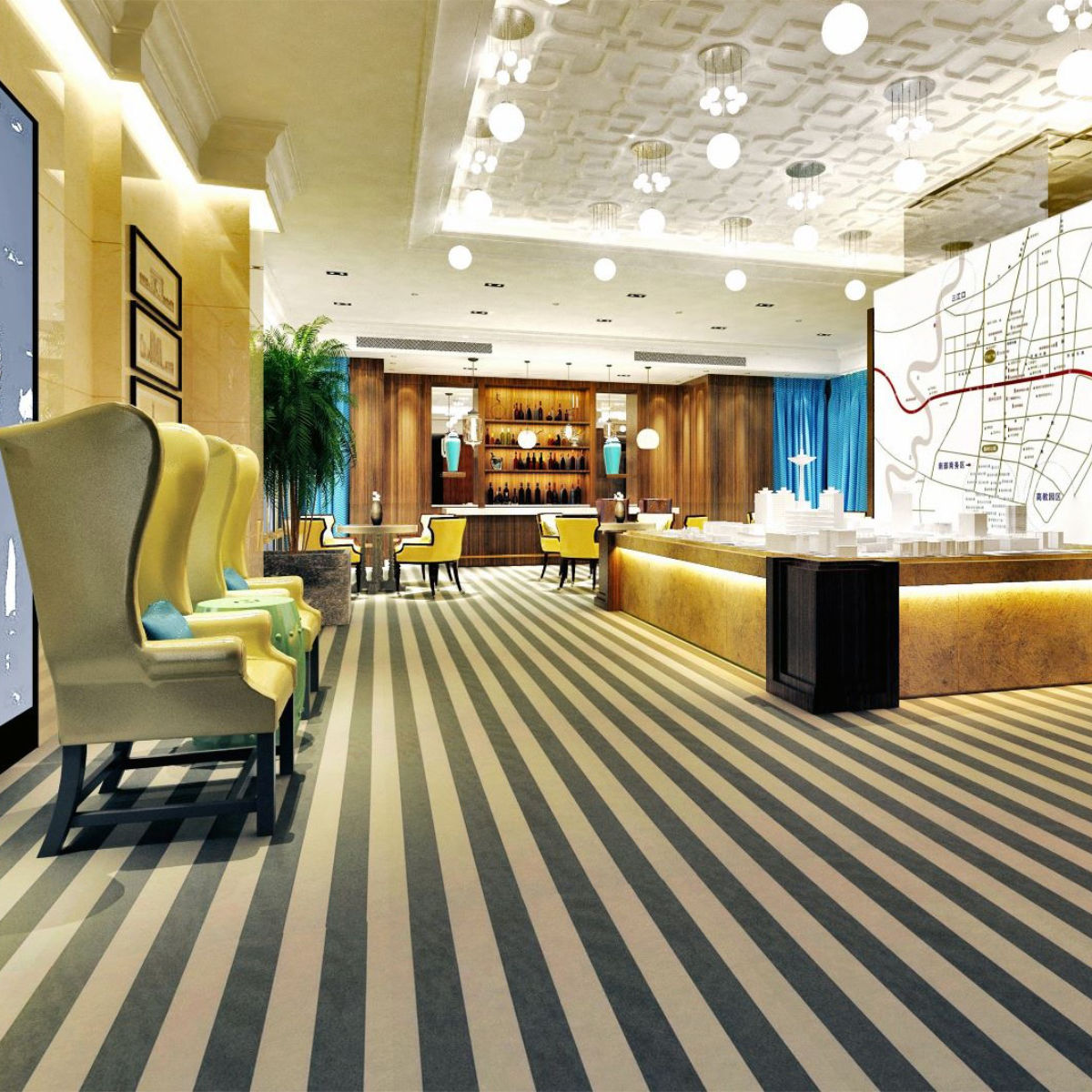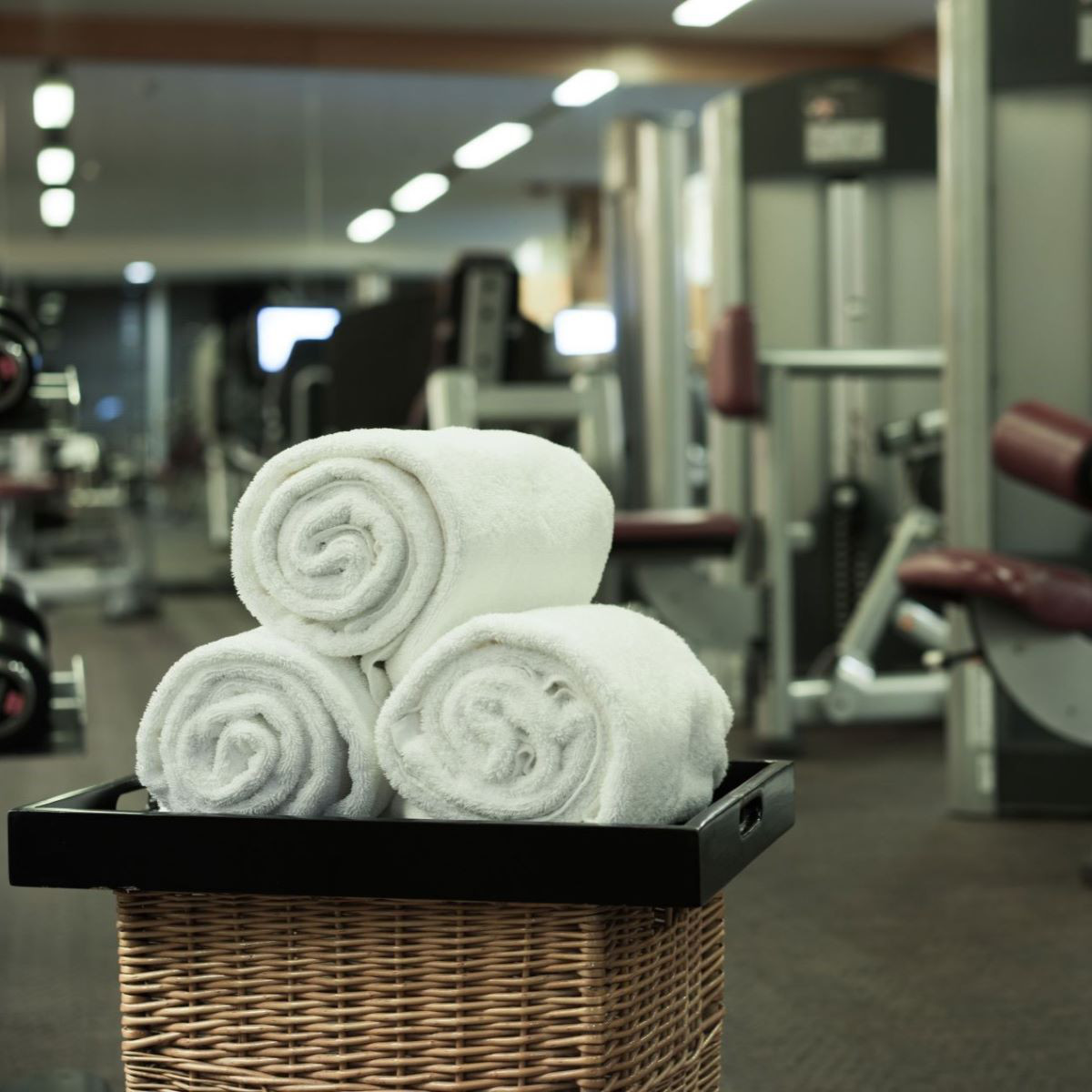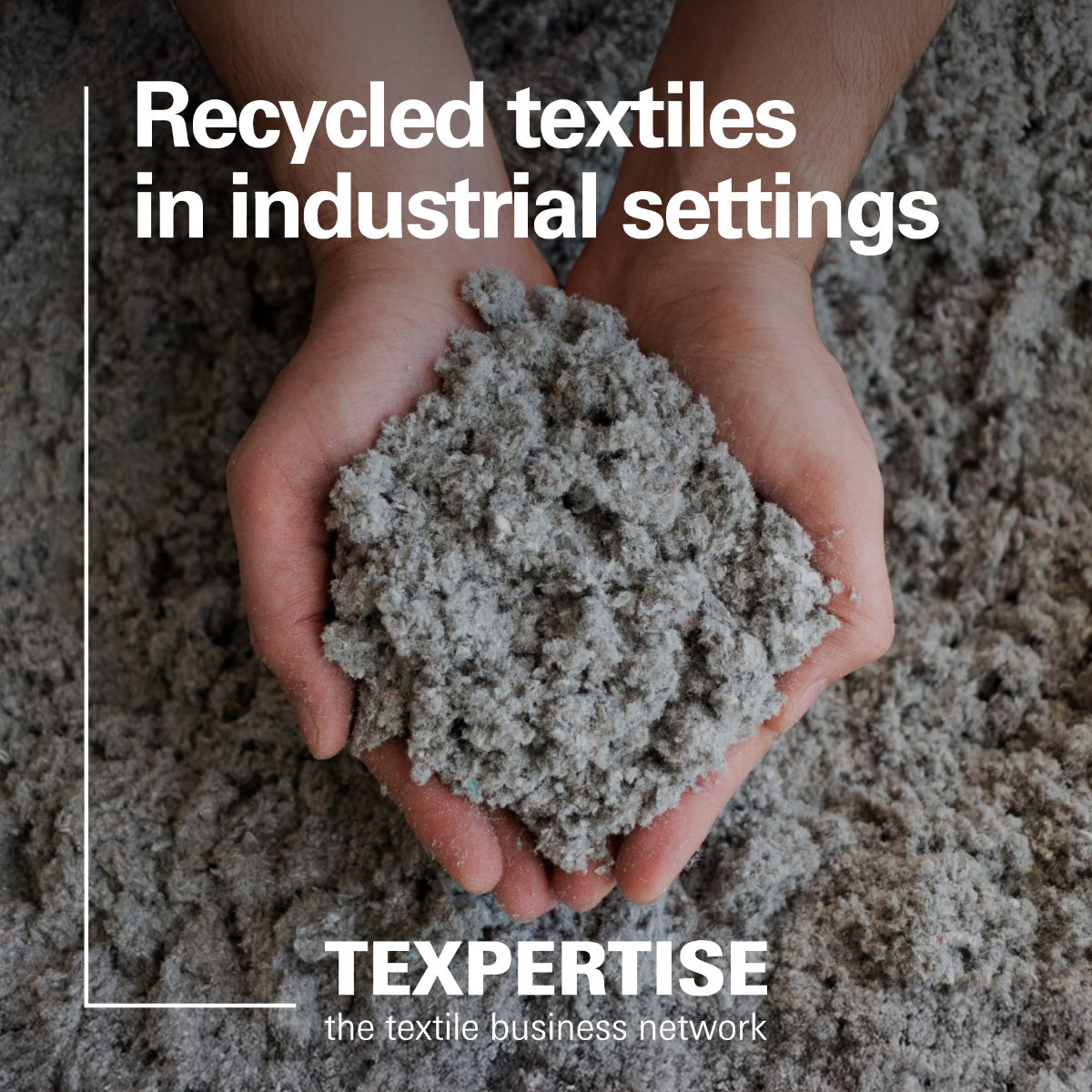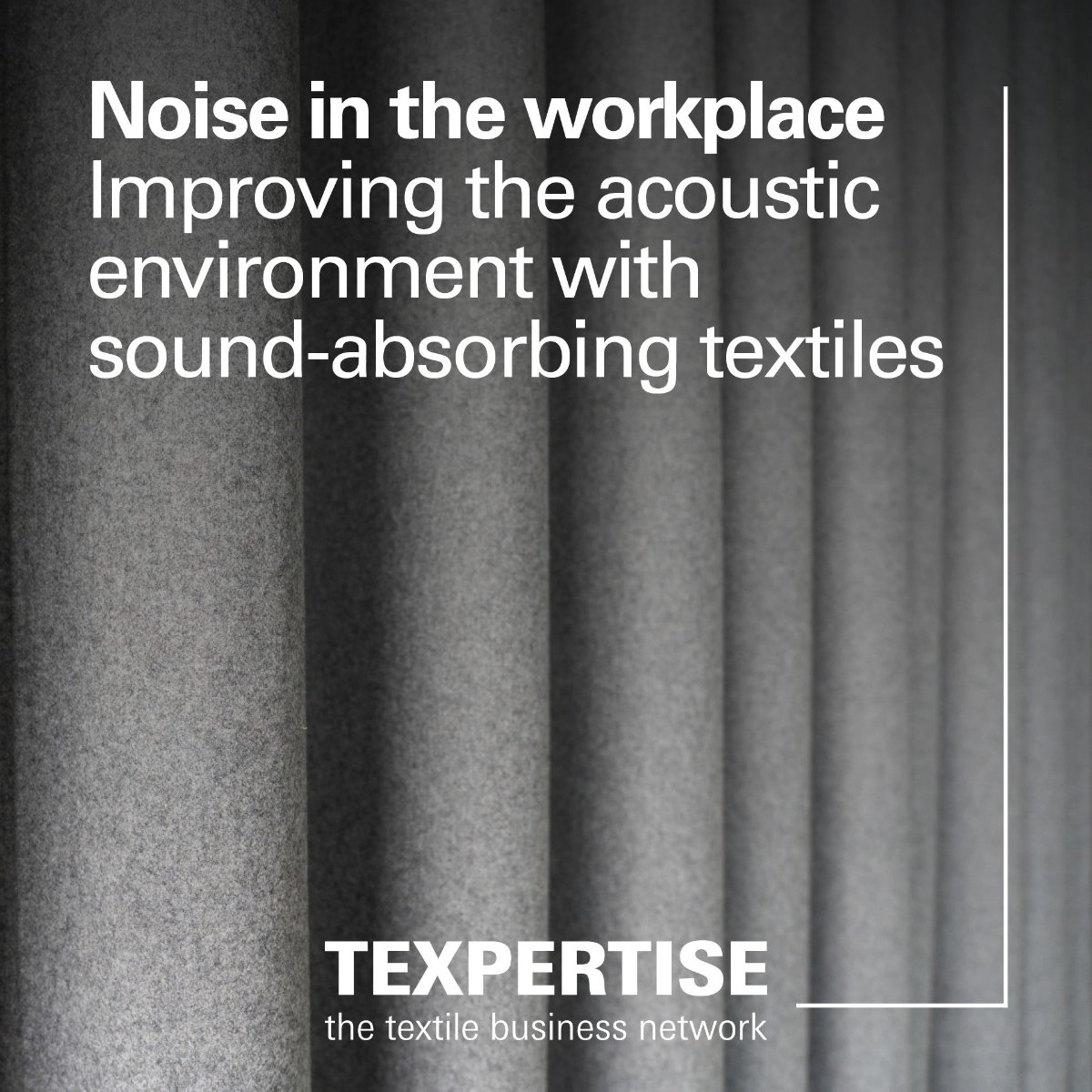Reading time: 2 minutes
Home textiles play a pivotal role in both interior design and architecture. On one hand, they are visual design elements that reflect the desire for a welcoming, comfortable atmosphere. On the other, they offer clear functional benefits – from upholstered seating and space dividers to their influence on acoustics. Interior designers are increasingly challenged to balance these aesthetic and functional demands effectively.
Types and functions of home textiles
The term home textiles encompasses a wide range of woven fabrics, each serving distinct purposes:
- Upholstered furniture provides both comfort and visual impact. Today, hypoallergenic and antimicrobial properties are becoming essential considerations.
- Curtains and drapes control light and influence acoustics. Heavier fabrics like velvet absorb sound, while lighter ones such as voile allow more natural light and create an airy feel.
- Rugs serve as focal points and help define zones within a room. Natural fibres like wool can also contribute to indoor climate regulation.
- Cushions and throws enhance comfort and introduce colour. Given their direct skin contact, hypoallergenic materials and low-toxin components (certified by GOTS or OEKO-TEX) are especially important.
- Textile wall coverings act as both decorative and functional features. Acoustic panels improve sound quality, while antimicrobial wall fabrics enhance hygiene and foster a warm ambience.
Three core roles of home textiles
In interior spaces, home textiles contribute to three main areas:
- Aesthetic and ambience
- Sustainability
- Wellbeing and indoor health
Interior designers must navigate these overlapping demands with skill and sensitivity.
Aesthetic value and spatial design
Home textiles are essential for setting the tone of a room. The interplay of colour, pattern, and texture helps define atmosphere and identity. Combinations of different fabrics can shape specific moods, while lighter colours make spaces feel larger and brighter. Function also plays a role: some textiles improve acoustics or regulate humidity, while others offer enhanced seating comfort.
Sustainability in interior furnishing
Sustainability is a growing priority. Natural fibres such as linen, hemp, and plant-based leather alternatives (e.g. made from pineapple or apple waste) are gaining popularity.
Certifications like GOTS, GRS, or OEKO-TEX provide guidance for sourcing sustainable home textiles. These materials often require less water and produce fewer emissions. Sustainability also encompasses fair labour practices and minimal chemical use. Natural dyes and enzyme-based finishing processes enhance biodegradability at the end of a product’s life cycle.
Health and wellbeing
Awareness of health in the home is on the rise. Hypoallergenic fabrics inhibit dust mite colonisation, while antistatic fibres reduce airborne dust. Additional finishes, or the integration of silver and copper threads, offer improved antimicrobial performance – enhancing hygiene without sacrificing design.
Conclusion: Multifunctional textiles with lasting impact
Home textiles bring far more to a space than decoration alone. They influence acoustics, regulate the indoor climate, and contribute to healthier living environments. Upholstered furniture, for example, should combine comfort with hypoallergenic and antistatic features to promote long-term wellbeing.
FAQ – Frequently asked questions
How can textiles transform the look of a room?
Textiles affect a space through colour, texture, and material. Light fabrics make rooms feel larger, and curtain weight and colour influence both daylight and mood. Textures like rugs break up uniform floor surfaces and introduce warmth.
Are there budget-friendly options?
Alongside natural fibres like linen or wool, synthetic fibres such as polyester offer a more affordable alternative. However, they may present drawbacks in terms of biodegradability and environmental impact.
Why is durability important for home textiles?
Durability includes resistance to wear, tearing, and cleaning agents. Upholstery fabrics, in particular, must meet high performance standards – something not all plant-based alternatives can guarantee. Thoughtful material selection is crucial for long-term use.










